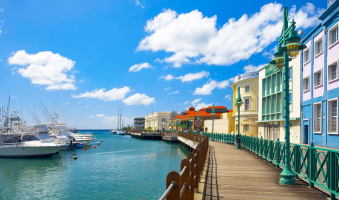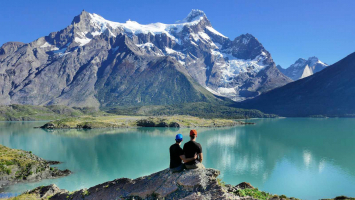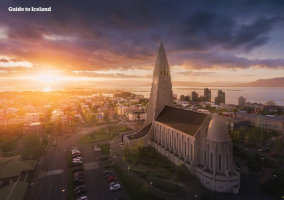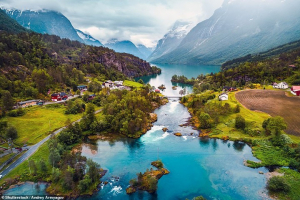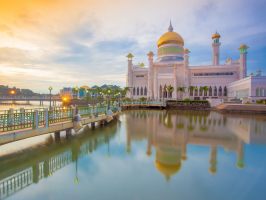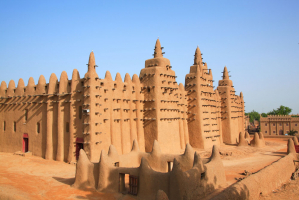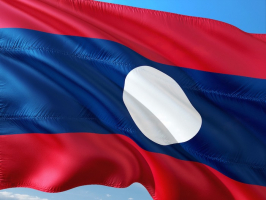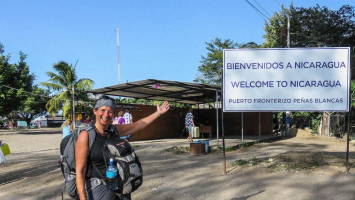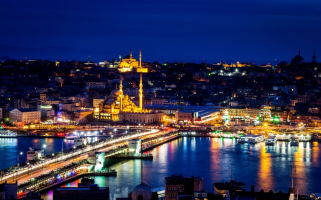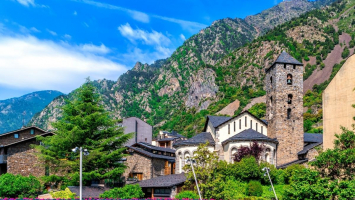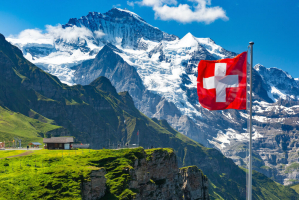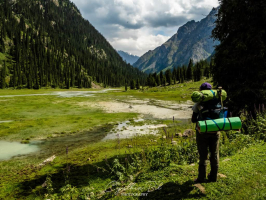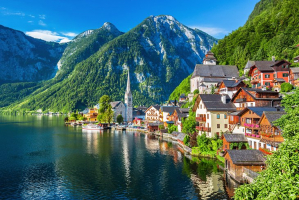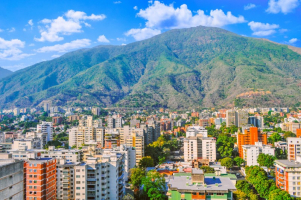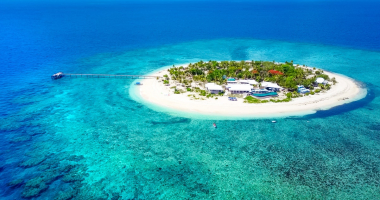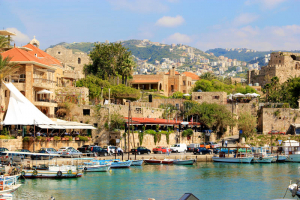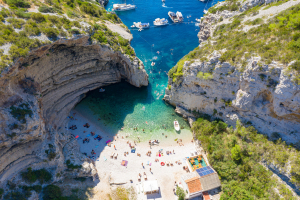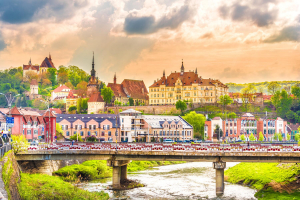Top 10 Things About Oman You Should Know
Oman is one of the few Middle Eastern countries where modern civilisation has not absorbed Arab identity while still retaining a good standard of living. This ... read more...is a country with a lot of stunning natural corners, which is one of the reasons why getting an Oman E-visa and visiting this lovely country is worthwhile. If you're considering a trip to Oman, these are some Things about Oman You Should Know before you travel.
-
Of course, this can be said of many countries, but in Oman, it is very visible and has an impact on tourists. It means that if you're visiting Oman, you'll need to follow a strict dress code. This is definitely one of the top Things about Oman You Should Know. If you are simply visiting the capital and will not be traveling throughout the country, you may be able to get away with wearing regular summer clothing, although this is not always the case. For example, you can only enter a mosque or a local festival if you can persuade people of your clothing's "decency."
Women visiting Oman should wear clothing that covers the majority of their body, such as long light trousers or skirts/dresses, T-shirts without a neckline, or long sleeves that cover at least the shoulders. Long, light slacks and T-shirts with sleeves that cover the shoulders are also recommended for men. This will prevent you from receiving sidelong stares and being accused of disrespecting Omanis.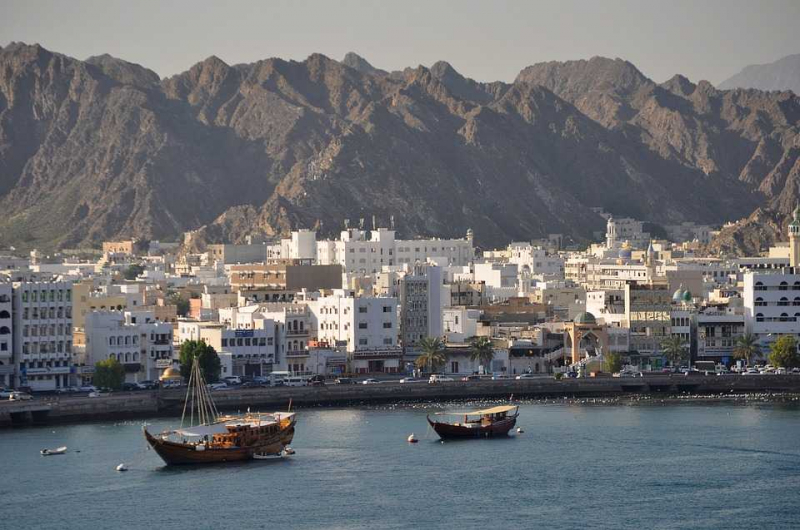
holidify.com 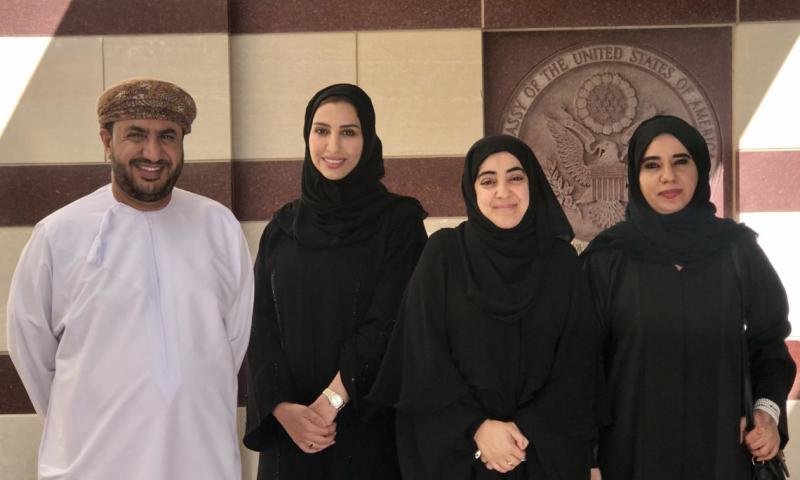
usembassy.gov -
Omani cuisine is a delectable fusion of spices, marinades, and herbs with influences from Indian, Persian, North African, and Mediterranean cuisines. Here, chicken, lamb, and rice are classics, seasoned with saffron, ginger, and nutmeg for a flavor unlike any other! All types of fish are devoured due to its vast coastline bordering the Arabian Sea. Omani cuisine differs from that of the rest of the Arabian Peninsula in that it is less spicy and rarely served heated.
Shuwa, for example, is a celebratory Omani dish served solely on rare occasions such as Eid. Many households in Oman start preparing their Shuwa on the first day of the holiday and eat it on the second day. This traditional Omani dish takes a long time and effort to prepare. The meat, which is usually lamb, goat, or camel, is marinated with a variety of spices on the first day of Eid. Spices like coriander, nutmeg, and cumin are used by each household in their own unique blend of components. The meat is then wrapped in banana leaves and baked in a sand oven beneath the ground. When the meat is removed from the grinder, it is soft and covered in a layer of crispy spices. It comes with rice and tomato sauce on the side.
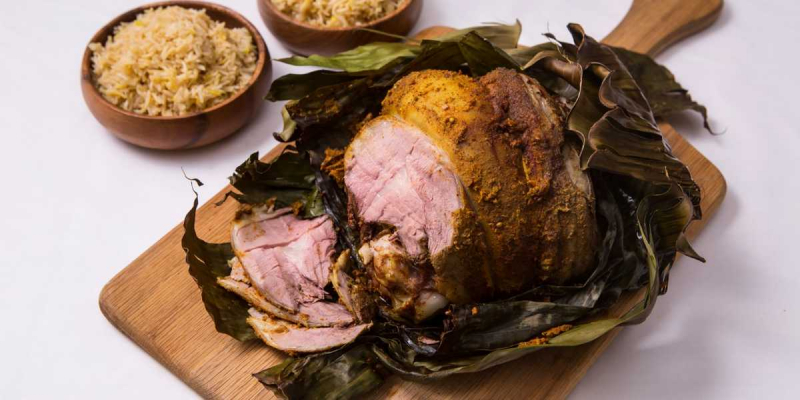
holidify.com 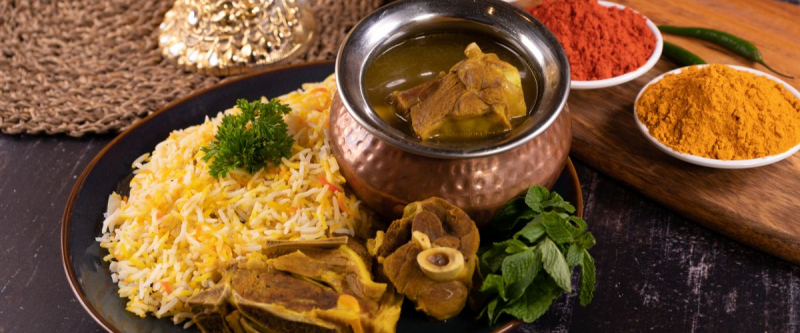
myholidays.com -
You can get a true sense of how the Arab world lived until recently in Oman. This is definitely one of the top Things about Oman You Should Know. There is a distinct vibe, particularly in smaller towns and villages. It's important to remember some of the things that traditionality encompasses as you delve more into it. Everywhere in Oman, you must bargain. So, if you're planning a trip to Oman, master the art of haggling!
The strongest debate you can have with taxi drivers is bargaining with a local guide while buying something on the market – attempt to drive down prices as much as you can. Perhaps only at petrol stations, museums, and supermarkets is it necessary to bargain (and there are not so many of them). Even at cafes and restaurants, it is vital to try to cut costs. To be able to freely bargain, you must always have cash on hand, preferably in a variety of currencies.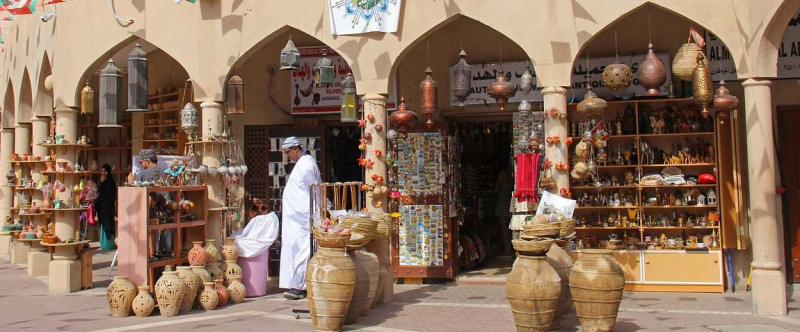
pickvisa.com 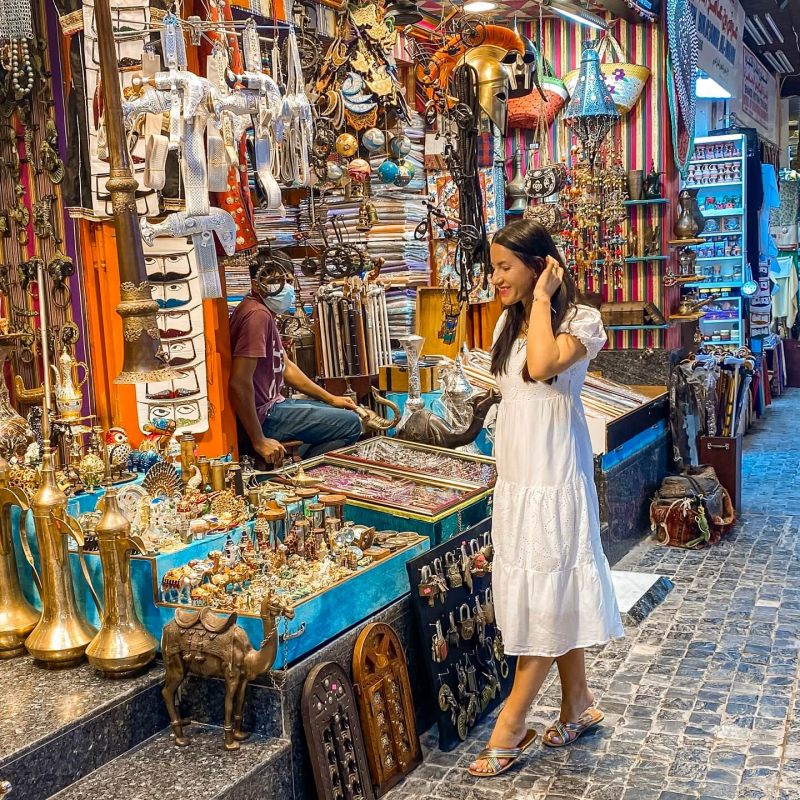
scrolltheglobe.com -
Oman is a safe country, and most foreign visitors are able to spend their vacations there without incident. The Omani government and the general public are both stable, and political instability is unlikely in the country. Tourists, on the other hand, are encouraged to avoid demonstrations if they occur. Oman is also regarded as a particularly safe destination for female tourists. Women traveling alone in Oman indicate that harassment is rarely an issue and that Omani males respect women by ignoring them. In reality, the most common problem that male and female solo travelers face is loneliness: Omani people rarely approach strangers and making new friends can be difficult.
Oman has one of the lowest terrorism risks in the world. On the Global Terrorism Index, the Institute for Economics and Peace rates the impact of terrorism in Oman as "0." (that is, no impact of terrorism). No other Middle Eastern or Persian Gulf country received a "0". In general, Oman has a low crime rate, and tourists are rarely victims of illegal activities. When this occurs, it is usually a result of robbery or pickpocketing, which can occur in any tourist area.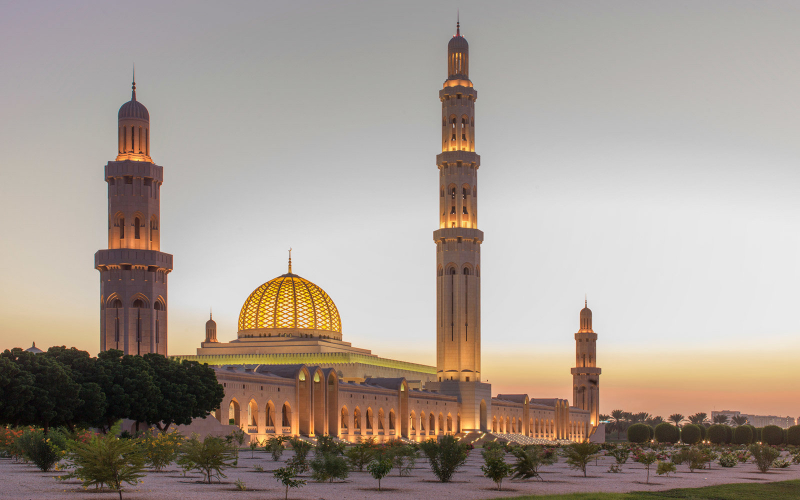
travelandleisure.com 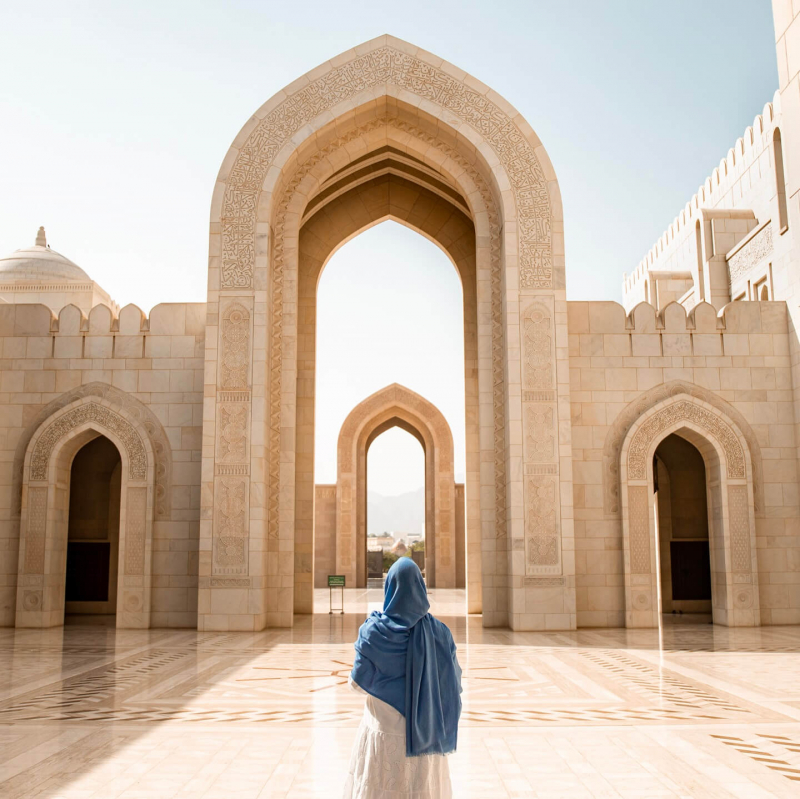
scrolltheglobe.com -
The Omani rial is one of the world's most costly currencies. Its current exchange rate is 2.6 US dollars per 1 rial. The Kuwaiti dinar and the Bahraini dinar are the only currencies that are more expensive. The Omani rial is also unique in that it is divided into 1,000 "coins" rather than 100. Baisa is the local term for "coins." As a result, the cost is shown as follows on price tags in Oman: 1,500 or 10,500 OMR translates to one and a half rials or ten and a half rials.
If you are traveling to Oman, you may easily convert currency because there are numerous exchanges. However, many people are aware that no bank accepts dollars printed prior to 2009. So, if you're flying to Oman with dollars, make sure to check the note's year of issuance before you go. By the way, they can be used to pay in the market, although at a low rate. In either event, the adjustment will be in rials. Bank cards are usually always accepted, although they are the only ones that can't be paid via "telephone" (Apple Pay, etc.).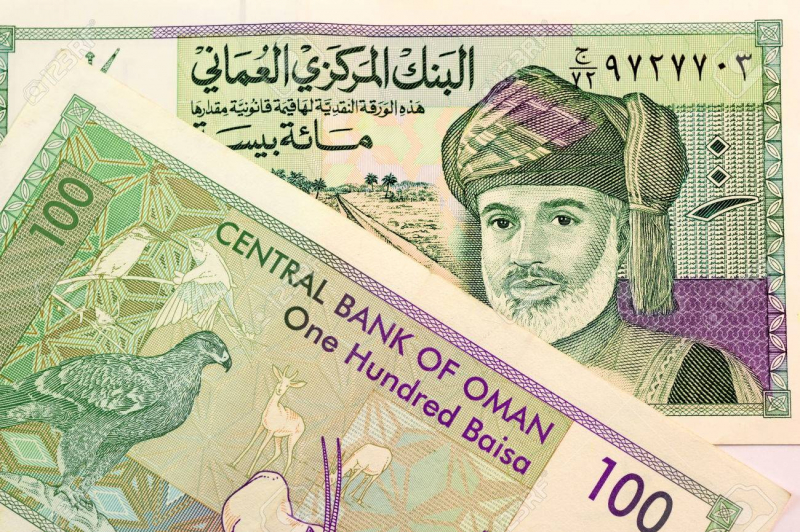
moneyinc.com 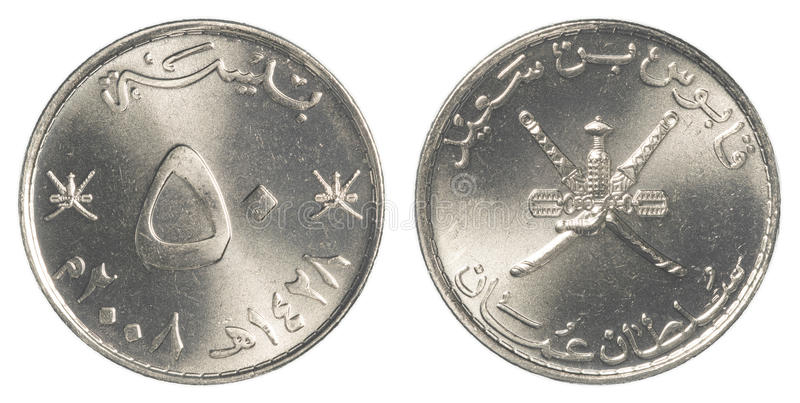
dreamstime.com -
Decide ahead of time the places you want to see in Oman, as the number of them is quite large. Do you recall the name of Oman's capital? It's Muscat, the city where new trends rub shoulders with ancient customs. Al Sawadi is Oman's best resort town. There, you may learn about all of the diving options and see a variety of entertainment infrastructure. Make more time for excursions because there are so many instagrammable locations to see. The Sultan Qaboos Grand Mosque is a must-see attraction. The Qasr Al-Alam Royal Palace in the capital is worth viewing with your own eyes. The city's historic Mutrah Souq is extremely popular with visitors. It's a store where you can get inexpensive decorative fabrics, copper plates, and other items. Riyam Park stands out among the natural beauties.
Many cities in Oman have preserved their historic cores, but there are two other areas of interest for architecture enthusiasts in the country. It is, first and foremost, sacred architecture. There are a lot of mosques; they change the cityscape and give it a unique flavor. Second, Oman has a large number of forts. They vary depending on the period in which they were built, but even those erected during the Portuguese or British periods have a local flavor and are not out of style. There are also several state structures that have taken on the style of the old forts, including police stations, ministries, schools, and museums.
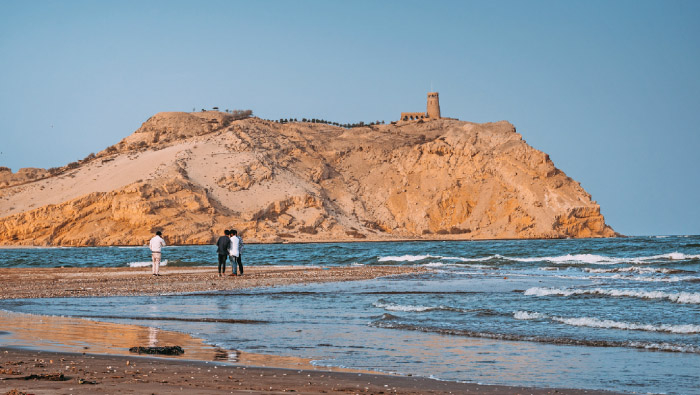
timesofoman.com 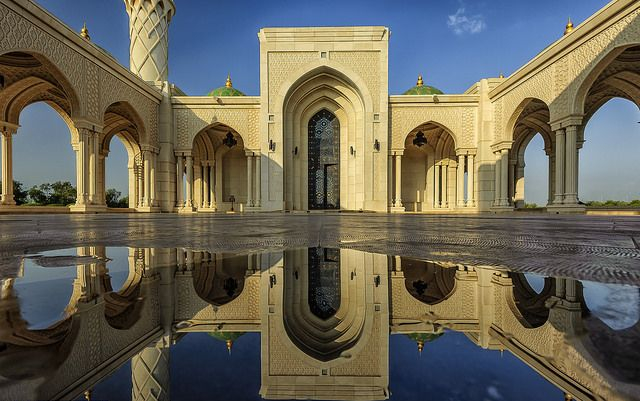
pinterest.com -
Taxis and buses are the primary modes of transportation inside Oman. The majority of the time, people rely on self-driving vehicles. Ferry services are also offered for locations around the Omani coast. However, there are no railway links in the country, and domestic air services are few. This is definitely one of the top Things about Oman You Should Know.
Because there are just two domestic air services—between Muscat and Khasab and Muscat and Salalah—air travel is not a good alternative for commuting within the country. As a result, traveling by car is a convenient option. Oman has well-developed roads. In Oman, public transportation is scarce. Bus commuting is only available in major towns and cities. However, if you really want to see everything the country has to offer, you should take a taxi or drive yourself. Taxis are the most convenient mode of transportation in cities, and they also operate on a shared basis. Negotiating with taxi drivers, on the other hand, is a difficult undertaking. Micros, which are simply little buses that go around the country, are also available. Micros are the cheapest method to explore, but there aren't many of them. However, driving in Oman is a bit insane, and the country has a high incidence of accidents.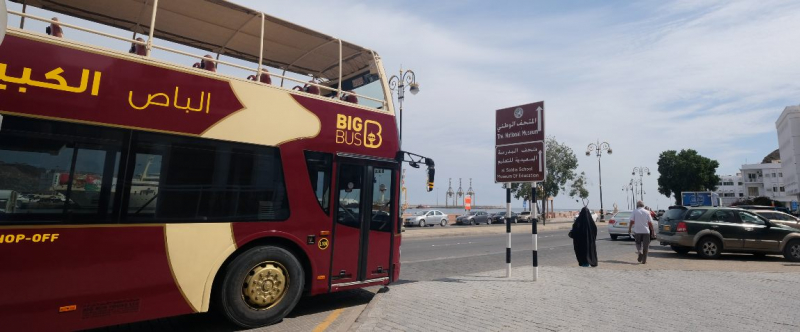
pickvisa.com 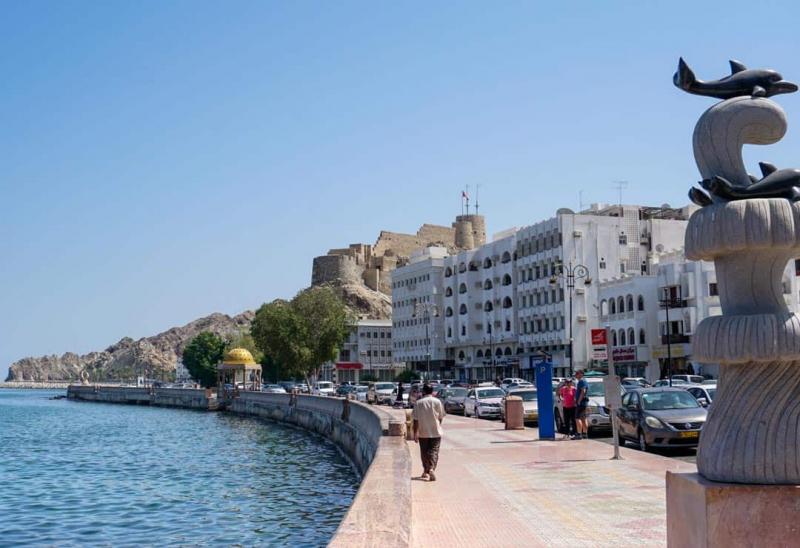
twofortheworld.com -
The greatest time to visit Oman is when you aren't planning on baking. If all you want to do is get a tan, Oman isn't the place for you, as sauntering around in a bikini all day is frowned upon. Plus, from June to August, it's just too hot, and you'll end up with major skin damage. Or simply pass out. Travel to Oman from October to March, when the temperatures are cooler and you can appreciate all of the country's natural wonders. This is definitely one of the top Things about Oman You Should Know.
The monsoon, or khareef, flows in from June to September if you want to visit the southern region of Dhofar. Omanis flock to this location during this time to enjoy the rain and mist, causing prices to skyrocket in this region. However, it is also green and lush at this time of year, making for a beautiful picture amid the otherwise barren environment.
In the summer, temperatures reach 38°C during the day and drop to around 29°C at night, making it a scorcher. If you wish to go trekking, avoid the months of May, June, July, and August. If you merely want to relax by the pool, though, the hotels are all offering significant discounts at this time. Just stay away from the interior. However, it seems a pity to travel all this way and not see the nation.
Come to Oman's beaches between late May and September to view numerous types of turtles. Early in the season, nesting occurs, and hatchlings emerge a few weeks later; if you visit in July and August, you may be lucky enough to see both nesting mothers and small baby hatchlings.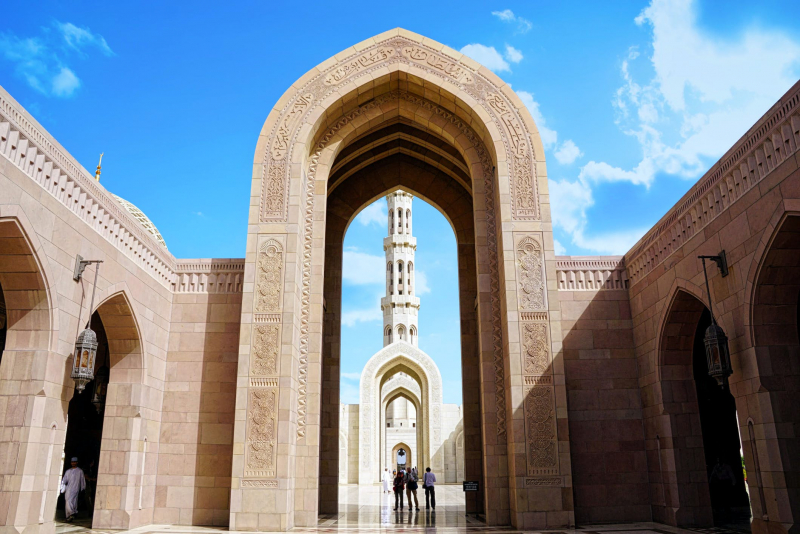
lonelyplanet.com 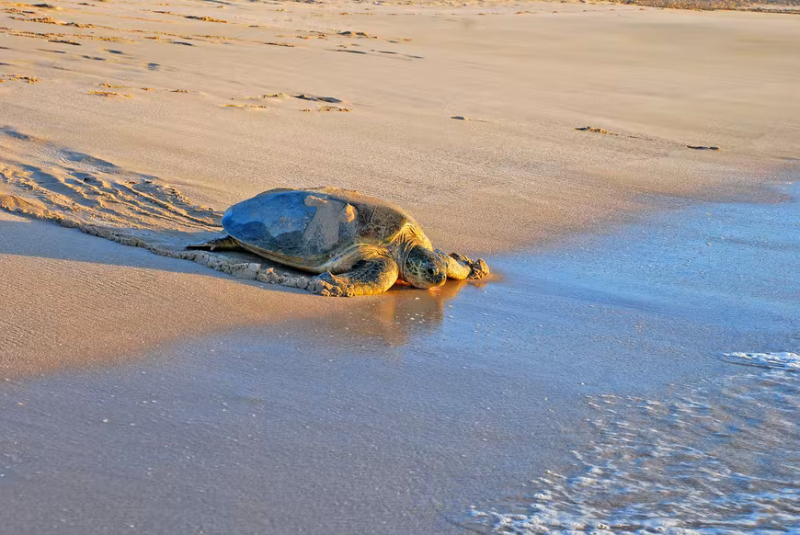
lonelyplanet.com -
Citizens of 103 countries, including the United States, Canada, the United Kingdom, Japan, Australia, New Zealand, and the majority of EU and EEA countries, are not required to obtain a visa to visit Oman if their stay does not exceed 14 days. For a complete list of countries that have been accepted for visa-free travel, visit the Foreign Ministry of Oman's website.
Citizens of the Gulf Cooperation Council (GCC), which comprises Bahrain, Kuwait, Oman, Qatar, Saudi Arabia, and the United Arab Emirates, are not need to obtain a visa to visit Oman. Check the website of the Royal Oman Police, which oversees Oman's immigration system, if you're confused about the laws for your nationality.
All visa-free tourists must show proof of confirmed hotel reservations for the duration of their stay, as well as proof of health insurance and a return ticket leaving Oman during the visa-free period. In addition, your passport must be valid for at least six months following your arrival in Oman.
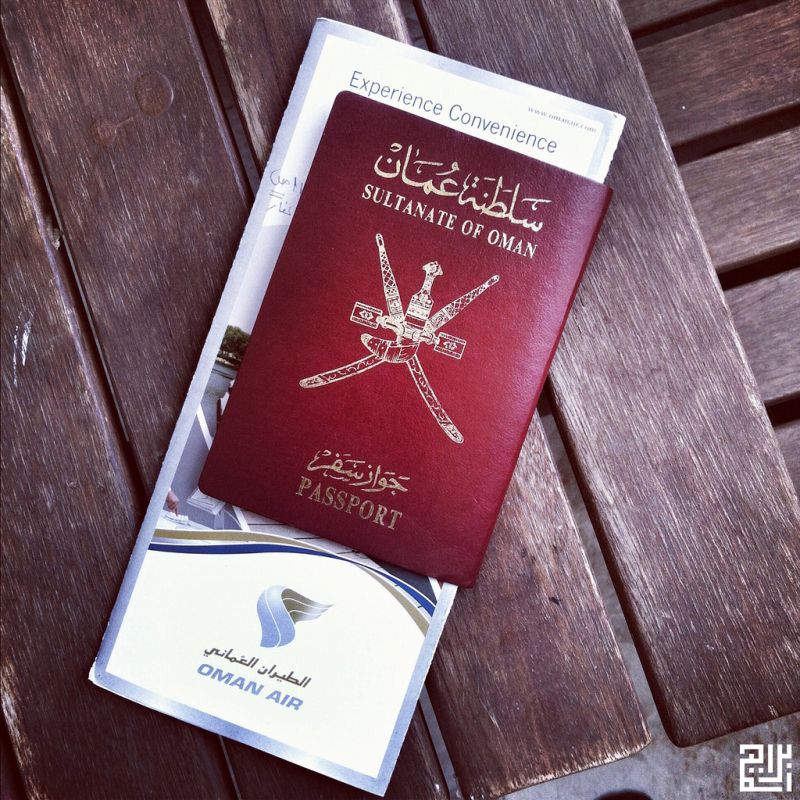
evisa-vietnam.com 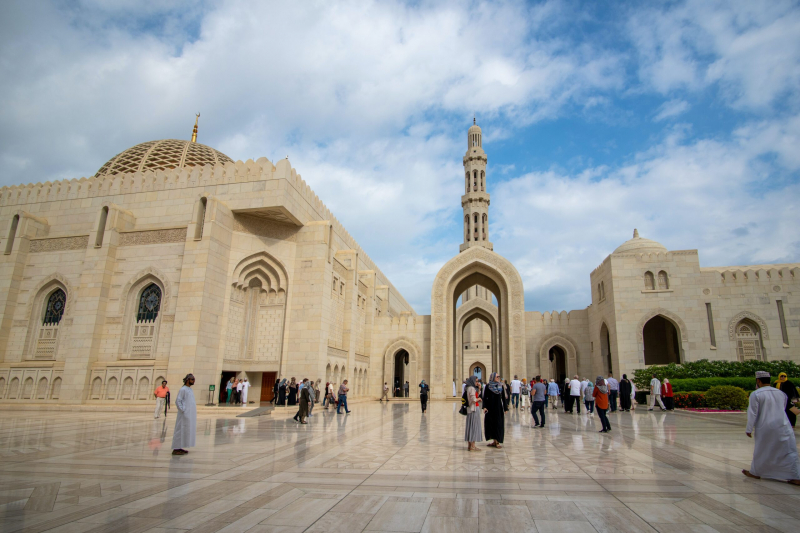
twomonkeystravelgroup.com -
While planning your trip to Oman, consider visiting during some of the country's most important festivals to completely immerse yourself in Omani culture! Oman's festivals are one-of-a-kind, based on centuries of tradition, customs, and culture. This is definitely one of the top Things about Oman You Should Know.
The Muscat Festival is one of Oman's most important festivals, showcasing Omani culture and tradition via various art forms and activities. The festival is a month-long celebration that takes place between January and February. It's a spectacular celebration that reflects Oman's beauty as well as its history, and it's a lovely method of preserving the country's culture, customs, and traditions.
Besides, the Sultan Camel Race Cup is a prominent tourist attraction that was designed to promote one of the oldest Arab sports: camel racing. Camels compete on racetracks designed specifically for this activity during the festival. All of the camels have been brought in from specialized farms where they have been trained for this demanding sport. The festival lasts a few days and is well-attended. The King, Sultan Qaboos Bin Said, is a big supporter of the festival and has given it a lot of support.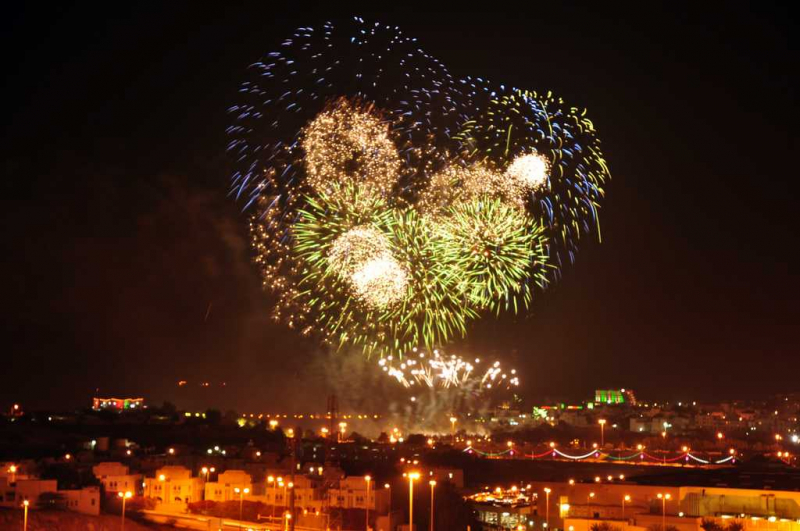
holidify.com 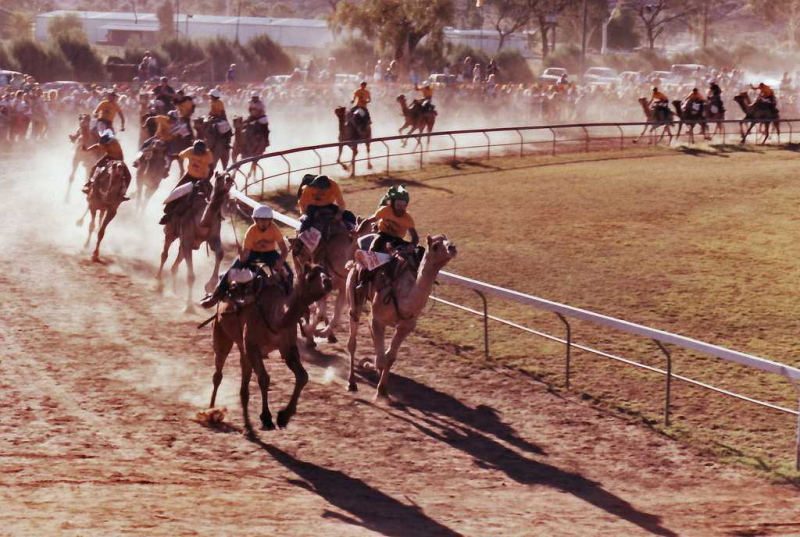
holidify.com












